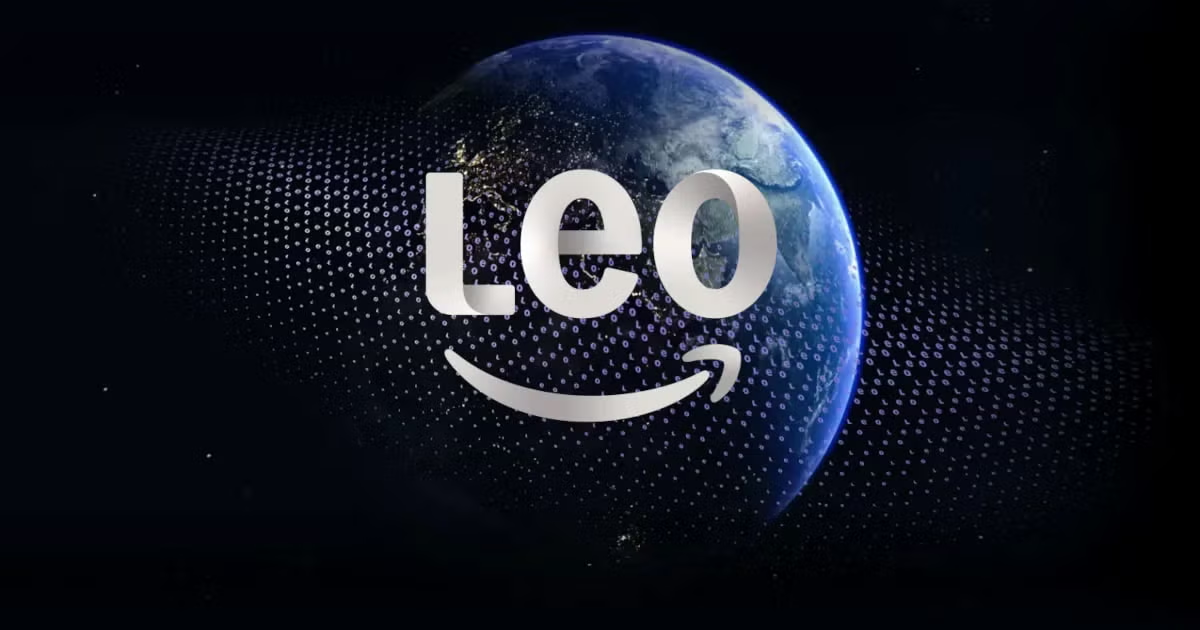Scientists Demand FCC Regulate SpaceX
Can we get rural internet access without negative consequences for everyone else?
Nov 19, 2024 | Share
News
Scientists are once again raising the alarm about the long-term environmental impacts of Starlink and other satellite megaconstellations. In a letter to the FCC’s Space Bureau, more than 100 astronomers, astrophysicists, aerospace engineers, and other experts urged the FCC to halt the launch of satellites into low-Earth orbit (LEO) until they perform a comprehensive environmental review.
Are you looking for a more reliable internet connection?
Enter your zip code below to see what options are available in your area.
Between a rock and a fast-moving hard place
On Oct. 24, a group of scientists sent a letter to Julie Kearney, Chief of the FCC’s Space Bureau, warning of the potential environmental harms of LEO satellite constellations like Starlink. Traditional satellite internet providers only launch a few large satellites that remain permanently in orbit, far from Earth. In contrast, LEO-satellite providers rely on hundreds or thousands of tiny satellites that zip around the Earth until they burn up in the upper atmosphere after a few years.
Initially, deorbiting LEO satellites was thought of as a more responsible solution because the satellites wouldn’t contribute to space junk. Low-Earth orbit is full of the remains of discarded boosters, old satellites, and other debris. NASA estimates that there is nearly 6,000 tons of space junk in low-Earth orbit, with individual pieces reaching speeds seven times faster than a bullet.
While burning up satellites prevents the creation of even more space junk, it also releases huge amounts of chemicals into the upper atmosphere, where they can accumulate and linger for decades. Scientists are demanding that the FCC pause the launch of new LEO satellites and institute an environmental review process for large satellite constellations.
The consequences of burning satellites
In June 2024, researchers warned of potential ozone depletion caused by burning up large numbers of satellites in the atmosphere. They point out that although the mass of meteors that burn up in the Earth’s atmosphere each year is more than thirty times that of satellites burning up in reentry, satellites have a very different composition from your average space rock. Satellites are mostly made of aluminum, which is relatively rare in meteoroids. The researchers found that in 2022, the amount of aluminum oxide released into the atmosphere by burning satellites was already 29.5% more than the amount released by meteors and that if LEO megaconstellations continue to grow as planned, that amount could reach 640% of normal levels.
While the environmental impact of the release of aluminum oxide and other substances into the upper atmosphere isn’t fully known, we do know that aluminum oxide contributes to ozone depletion by serving as a catalyst for activating chlorine compounds. In other words, it reactivates the chlorofluorocarbons (CFCs) and other chemicals that have been banned since the 1970s.
If you’re old enough to remember the hole in the ozone layer, then you might remember how much effort went into fixing that problem, such as changing the way we built refrigerators, getting rid of some chemicals in hairspray and inventing new kinds of solvents and cleaners. The expansion of satellite megaconstellations now threatens to undo all that work.
What will the FCC do?
While the destruction of the ozone layer is certainly an urgent issue, I find it unlikely that the FCC will do anything about the scientists’ concerns. (Yep, we’re in one of those movies.) Republican lawmakers have already asked the FCC to halt any potentially partisan policy work until the Trump Administration takes office in January. And with Elon Musk potentially serving a role in that administration, it seems unlikely that we’ll see any regulations that might put the brakes on Starlink.
This is also far from the first complaint about the negative impact of Starlink. From creating light pollution to blowing explosion debris into wildlife preserves to falling satellites having a higher-than-recommended chance of hitting a person on the ground, Starlink has left a trail of contention in its wake. Scientists have even called out its potential impact on the ozone layer since Starlink’s inception. Starlink has also benefited from a controversial blanket exception for commercial satellites in the National Environmental Policy Act that makes it hard for anyone to hold it accountable for environmental damage.
It seems unlikely that Musk or the Trump Administration will empower federal agencies like the FCC to regulate Starlink’s environmental impact. Like a cybertruck with a broken accelerator, it looks like Starlink will be moving full speed ahead.
Author - Peter Christiansen
Peter Christiansen writes about telecom policy, communications infrastructure, satellite internet, and rural connectivity for HighSpeedInternet.com. Peter holds a PhD in communication from the University of Utah and has been working in tech for over 15 years as a computer programmer, game developer, filmmaker, and writer. His writing has been praised by outlets like Wired, Digital Humanities Now, and the New Statesman.
Editor - Jessica Brooksby
Jessica loves bringing her passion for the written word and her love of tech into one space at HighSpeedInternet.com. She works with the team’s writers to revise strong, user-focused content so every reader can find the tech that works for them. Jessica has a bachelor’s degree in English from Utah Valley University and seven years of creative and editorial experience. Outside of work, she spends her time gaming, reading, painting, and buying an excessive amount of Legend of Zelda merchandise.


